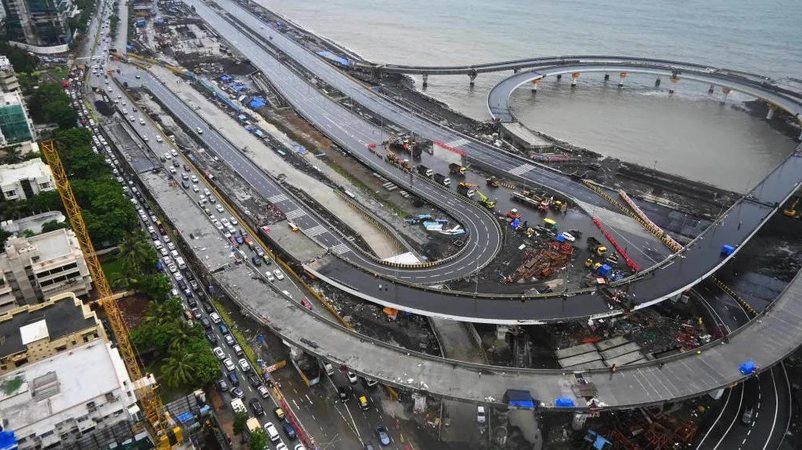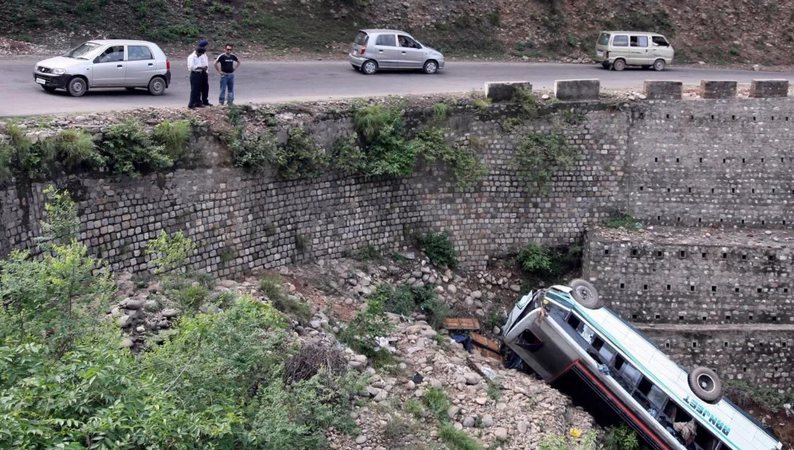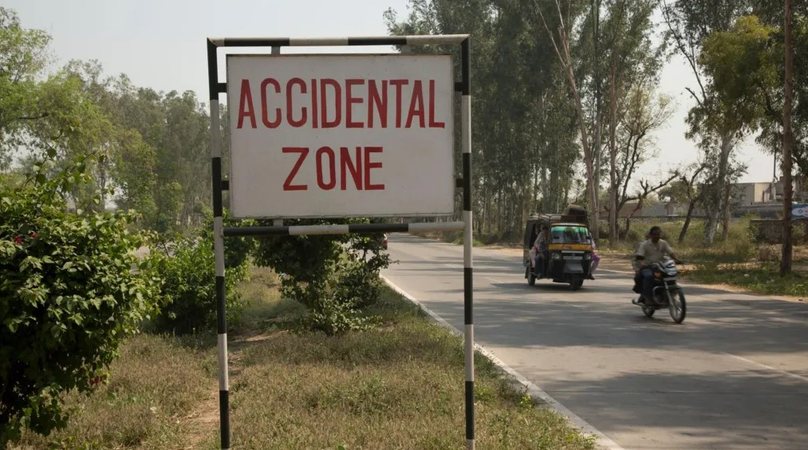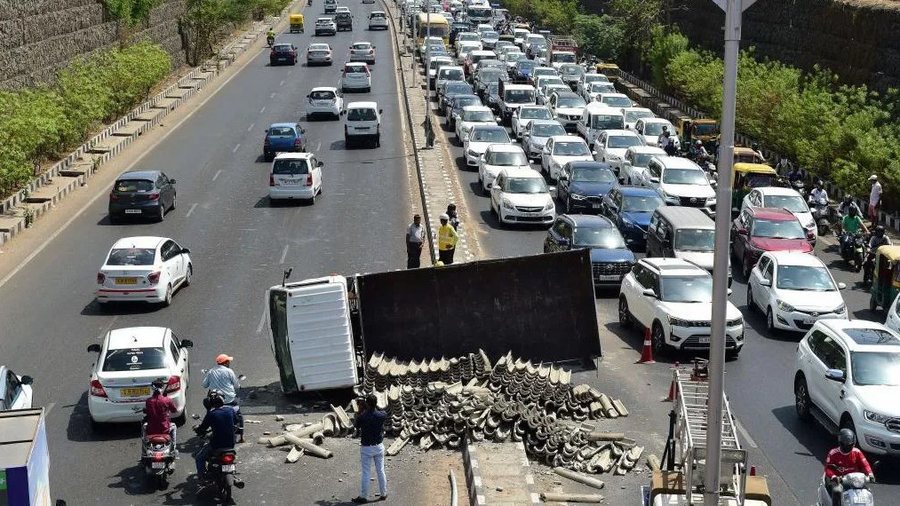
Every morning, the pages of newspapers are filled with news of tragic road accidents: passenger buses falling off mountain slopes, drunk drivers running over pedestrians, cars crashing into stopped trucks, or motorbikes being toppled by larger vehicles. These daily events highlight a silent crisis that in 2023 claimed the lives of over 172,000 people – approximately 474 deaths every day, or one every three minutes.
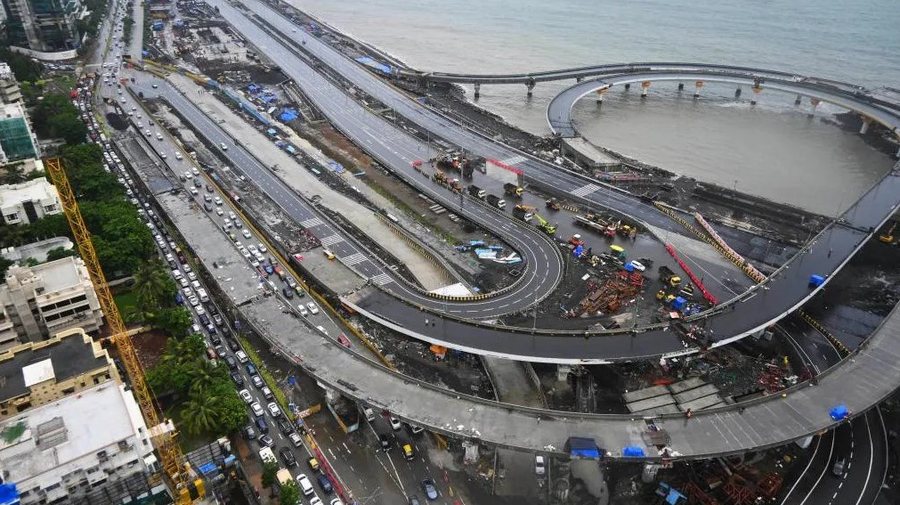
This picture comes from the world's most populous country, India, writes A2 CNN. Road Transport and Highways Minister Nitin Gadkari described the situation as alarming, citing the shocking figures at a road safety event in December. Among the victims were 10,000 children and 35,000 pedestrians. Motorcyclists were also among the most affected. Speeding was identified as the most common cause, while the lack of basic safety measures such as helmets and seat belts led to thousands more deaths.
The problems don't end there. Many accidents occur due to overloading, driving without a license, or driving on the wrong side of the road. The lack of control and enforcement of laws is evident: in 2021, 13% of accidents involved unlicensed drivers.
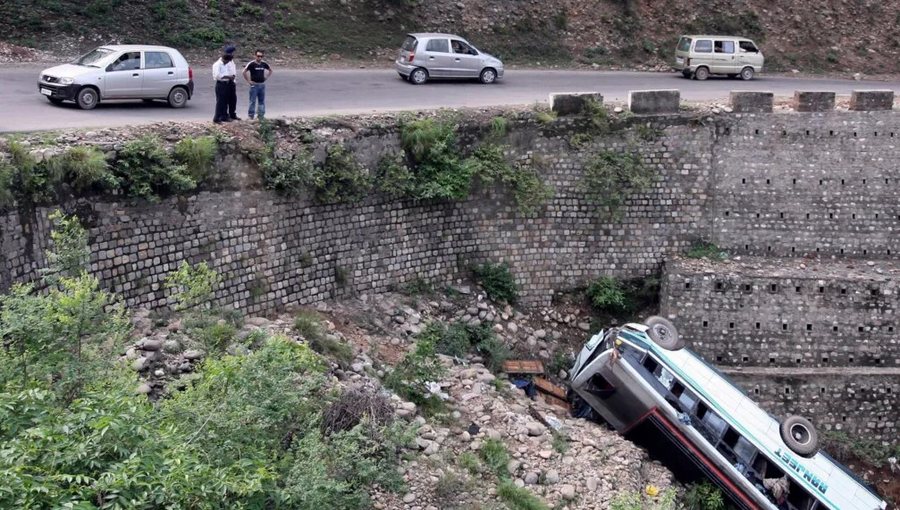
Poor road infrastructure and poor design contribute significantly to this crisis. Audits conducted by the Centre for Research in Transport and Injury Prevention (TRIPP) at IIT Delhi have revealed serious deficiencies in protective barriers and raised roads that pose a risk to drivers, especially those on motorbikes.
India has the second largest road network in the world and an estimated 350 million registered vehicles. However, only a small percentage of these roads are subject to safety standards, and many construction contracts do not provide for penalties for violations of these standards.
Despite investments in road widening, experts warn that wider roads will not necessarily mean fewer accidents – on the contrary, speeds increase and the risk to the lives of pedestrians and cyclists increases.
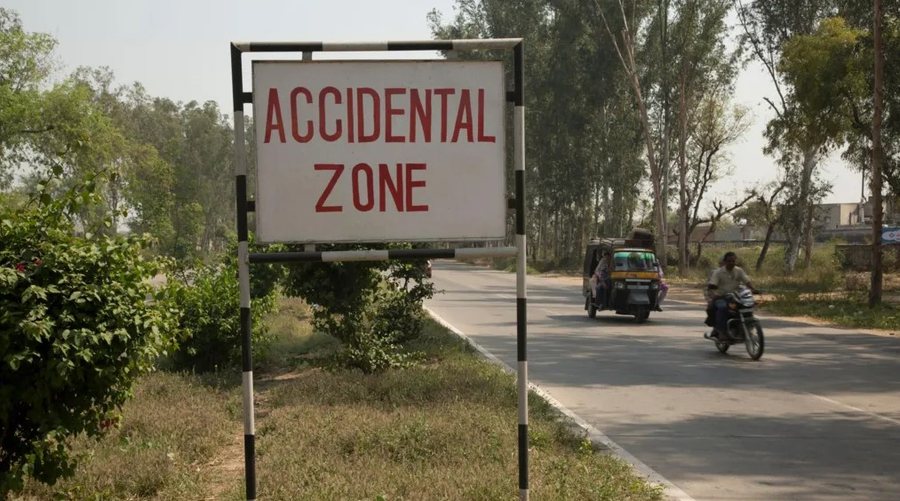
The Indian government has launched a strategy of “5Es”: road engineering, vehicles, education, enforcement and emergency care. In some states, interventions focused on the most dangerous spots have brought about noticeable improvements. However, the challenge lies in implementing them on a large scale and adapting the solutions to the unique realities of Indian traffic.
Without an integrated, data-driven approach, India risks continuing a cycle of daily tragedies – where roads become faster but not safer. (A2 Televizion)

